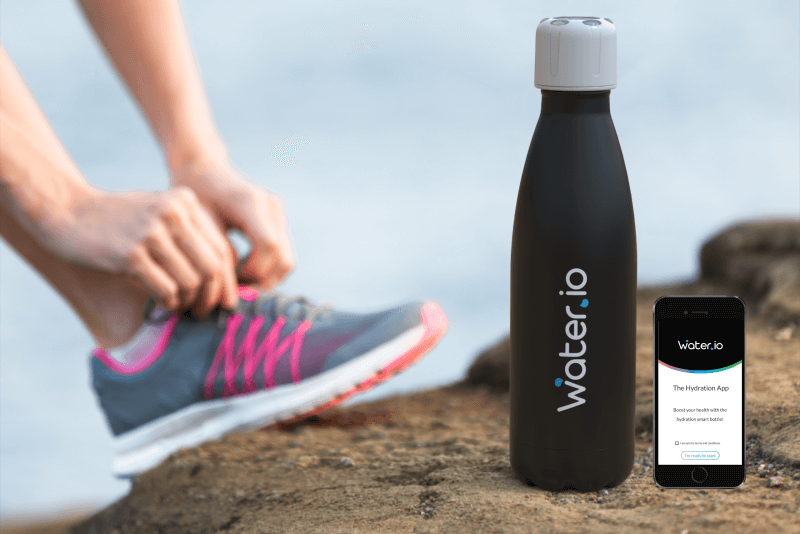The circular economy model is designed in a way that builds economic, social, and natural capital, all through introducing transition machinery which delivers renewable energy sources.
The model of circular economy is based on three main principles: casting out pollution and waste, keeping materials and products in use, and regenerating natural ecosystems.
Compared to the take-make-waste model mostly used today, the circular economy model aims to put an accent on redefining growth. By automating the process, the circular economy abandons the extractive industrial model and divides the economic activity from material consumption, thus calculating waste out of the system.
The circular economy works in a way that uses every aspect of the materials needed during the manufacturing process. Because of this, the final waste is enormously decreased, which is a huge plus for the environment, ecosystems, and greened-up companies, too.
Circular Economy Origins
The idea of circularity actually has deep philosophical and historical origins. The notion of feedback and reusing materials and creating cycles in the ecosystems are, in fact, ancient and omnipresent in philosophy schools. The concept had its comeback in a few industrialized countries right after WWII. The initiation for the comeback was the arrival of computer-based studies which talked about nonlinear systems. Through these studies, it was revealed that the complexity, interrelatedness, and unpredictability of our world’s nature was more compatible with a metabolism rather than a machine.
This means that it is possible – and better – to use every component during the manufacturing processes – some even more than once – than to use the main parts and throw the rest. Thanks to today’s progress, digital technology is capable of supporting the transformation from linear to circular economy by fundamentally increasing de-materialization, virtualization, feedback-driven intelligence, and transparency.
The Rethinking Progress
Our world is filled with countless concepts waiting to be redesigned and rethought.
The main goal of the ‘Rethinking Progress’ is to explore the way we can reinvent the wheels of the economy by changing its perspective. Namely, designing products in a way that gets them ‘made to be made again’ is what will ultimately keep the renewable energy system going.
The Concept of Circular Economy
In the entire concept of circular economy, economic activity rebuilds and builds itself through a well-designed system. The concept recognizes the significance of the economy’s need to be extremely effective in both small and large businesses, as well as individuals and separate organizations – locally and globally.
By transitioning to a circular economy model companies ought to use the best of materials. This way, they will help the environment and leave the linear economy model behind for the circular model which represents a systemic change that generates economic opportunities and businesses, builds long-term resilience, and provides both societal and environmental benefits.
Biological and Technical Cycles
The circular economy model consists of biological and technical cycles. Consumption occurs only in the biological cycles, whereas biologically-based materials, such as wood, cotton, and food, go back to the same system, this time, via different processes, such as anaerobic digestion and composting.
These cycles are set to regenerate ecosystems, like soil, thus providing brand-new resources of renewable nature for the entire economy. Technical cycles restore and recover components, materials, and products through different strategies, such as repairing, recycling, reusing, or remanufacturing.
Economic Barricades to a Circular Economy Model
There are quite a few barricades in the economic system we currently use when it comes to implementing the circular economy model, all detailed below.
Raw material prices are frequently changing and dropping, which leaves quality materials to become secondary resources, not as competitive as before.
Business models through the prism of the circular economy are much harder to develop. This problem occurs as most investors are currently working by the laws of linear economy logic. Also, many times, there is also a request for upfront investments.
The Stipulation for Circular Alternatives and Products is still very small.
Currently, there are not as many professionals qualified in ICT to help initiate the fast demand for implementing circular economy models.
Institutional Barricades to a Circular Economy Model
When talking about the implementation and development of the circular economy model, various barricades ought to be conquered along the way.
One, our current economic system is leaning towards using the linear economy, which is not as an effective approach as the circular economy is. Due to this, most of today’s entrepreneurs are neither ready nor prepared to make the transition efficiently.
Moreover, unripe businesses and companies might face some challenges in initiating, developing, and implementing the model, due to overwhelming regulations and laws both of which are unfortunately unaligned for innovative economy management.
The majority of businesses already rely on old yet strong alliances, which makes it a lot harder for them to create and further maintain new alliances. In the long run, this makes going from linear to circular economy almost impossible.
Many businesses still use appraisal systems and scaling goals that primarily focus on short-term value creation. As a result, the circular economy turns out to be a viable, long-term-value economy model thousands of businesses can trust.





